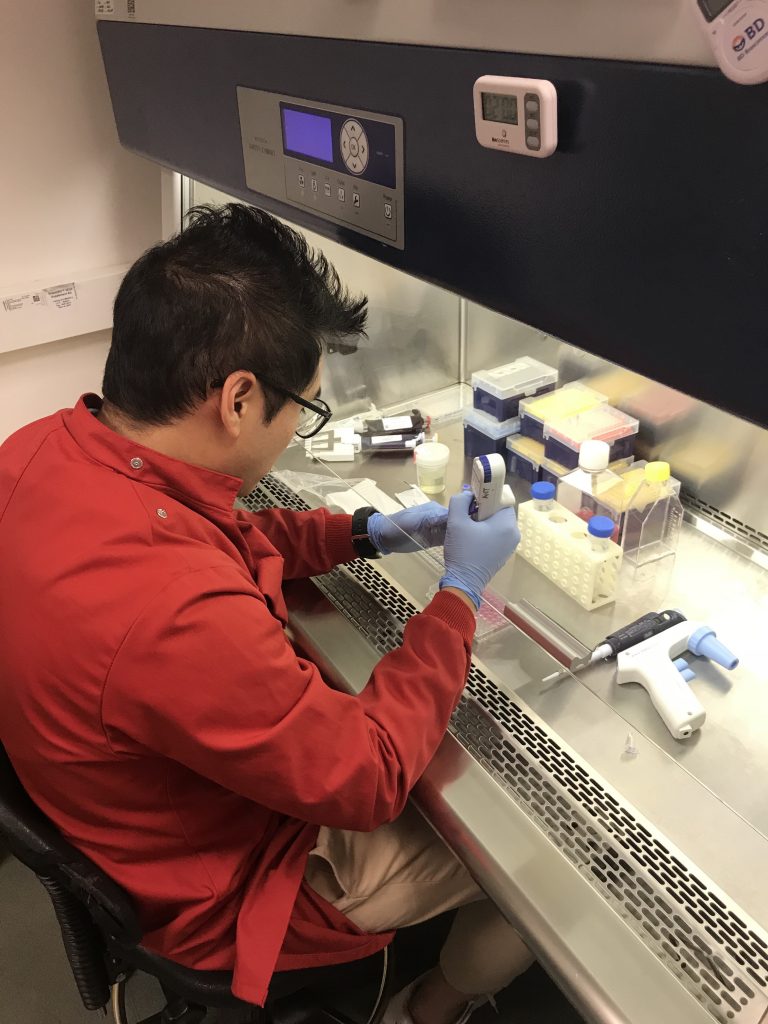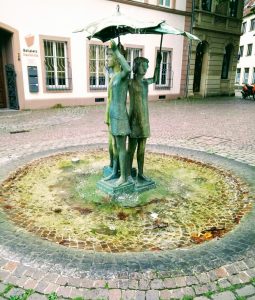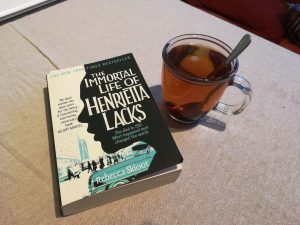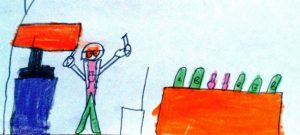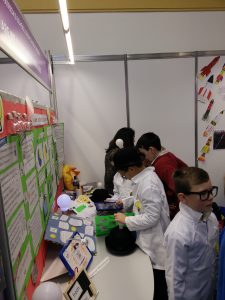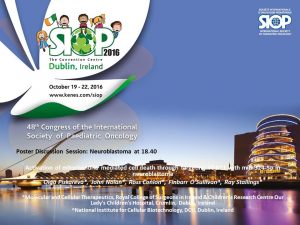Each student is different. The best way to learn something is to experience it. Two months is a very short span as some experiments run for 3-6 months. But it gives a good taste on what research actually is. How different it is from CSI or Criminal Minds.
“Over the past two months, I had the privilege to work under my PI, Dr. Olga Piskareva and supervisor, Dr. John Nolan in the cancer genetics lab as a summer research student. My project was about gene expression of apoptotic genes as well as detecting apoptosis via flow cytometry in melanoma cell lines treated with chemotherapy agents and microRNAs. I had previous experiences in other research labs, but I have never learnt as much as I did in a span of two months! After this experience, I gained a better understanding of how cancer cells behave in different environments and also learnt to appreciate the difficulty of running a good experiment. Ever since my grandmother passed away due to cancer, I vowed to become a cancer researcher. This summer I have achieved this dream and hopefully continue to pursue my career as a physician-scientist!” Martin Liu
